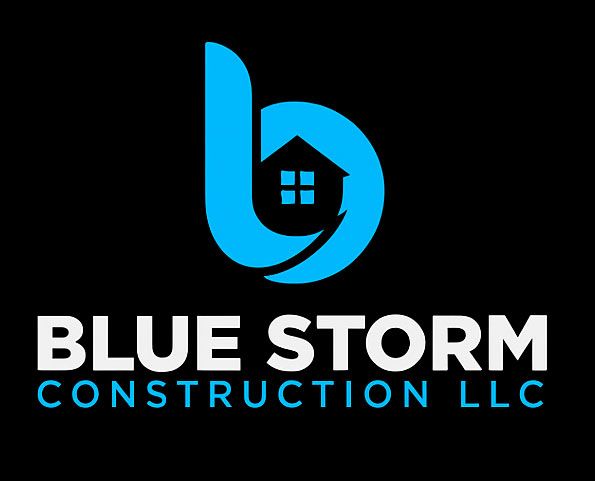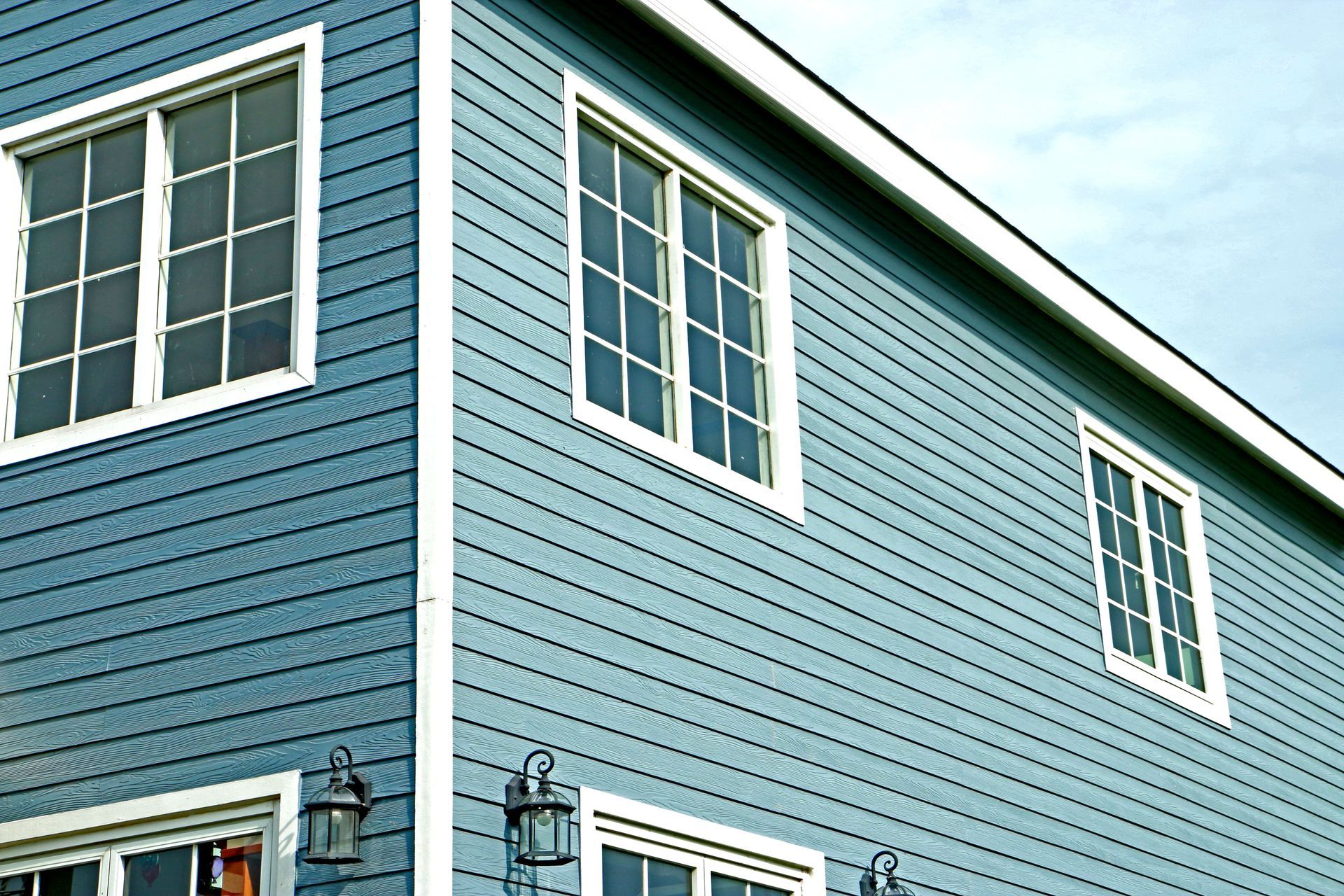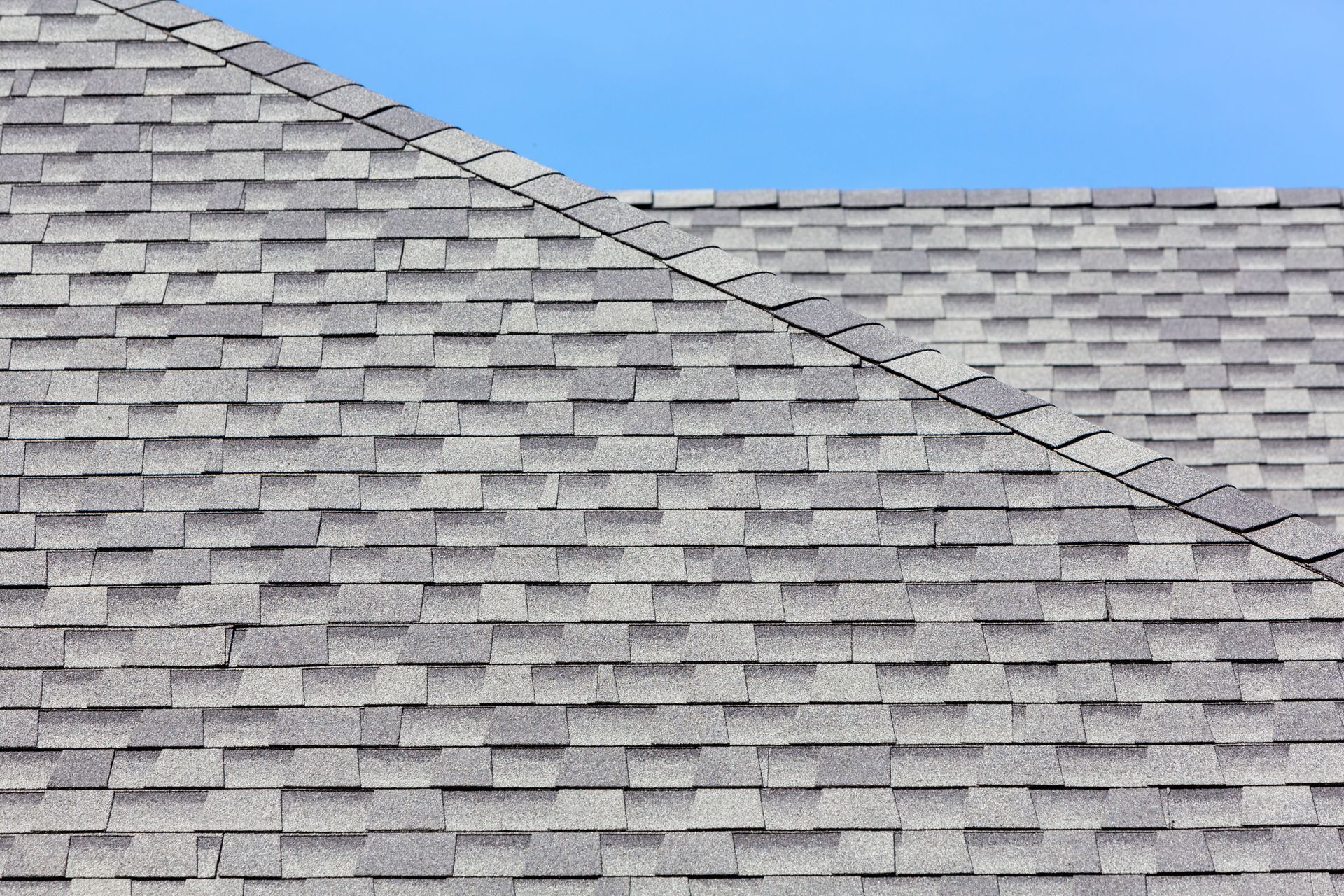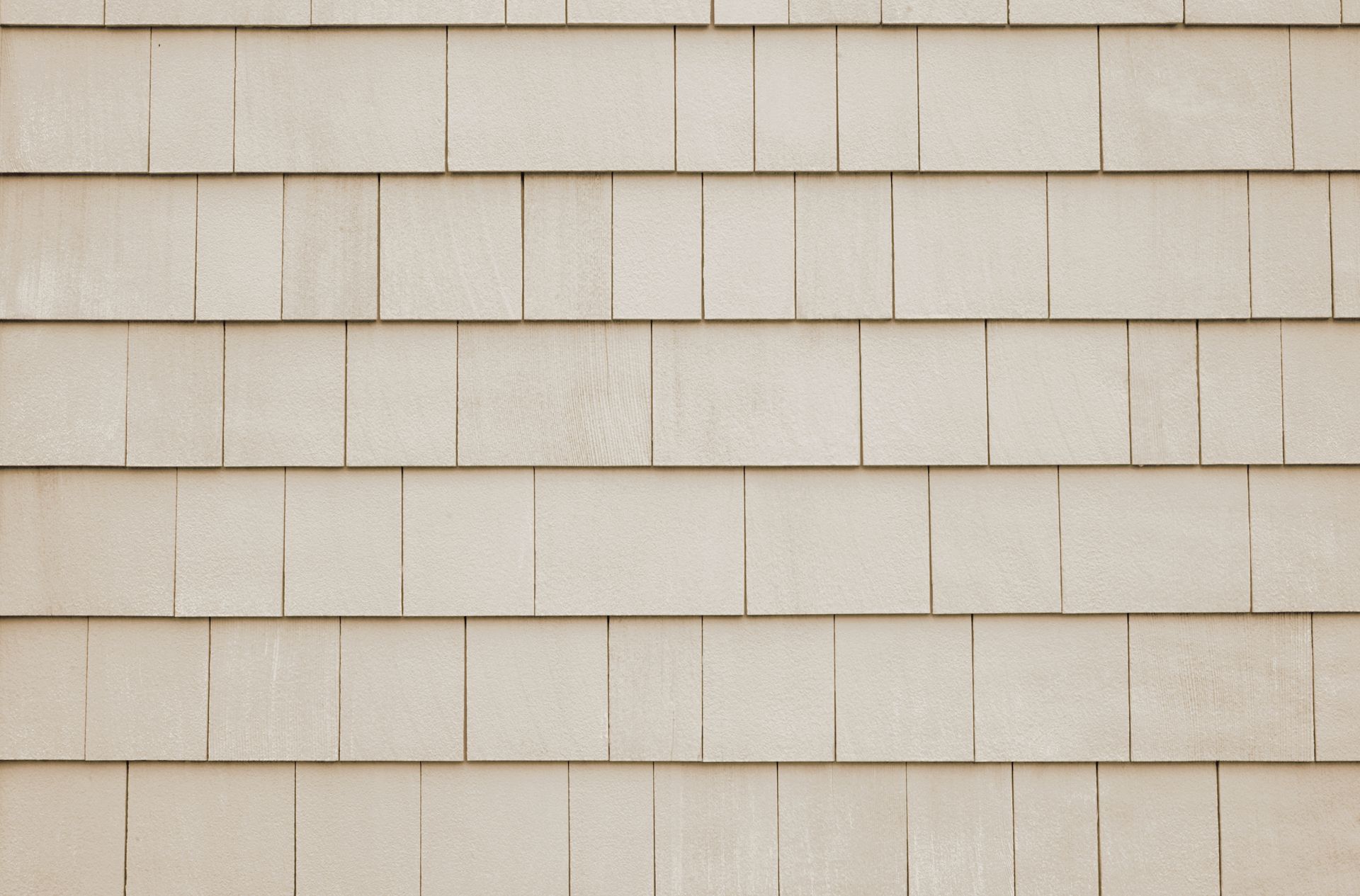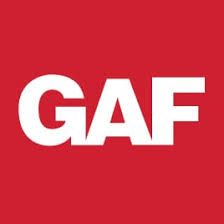August 13, 2025
Discovering whether your home needs a new roof can be daunting. Knowing the signs early can save you time, stress, and money. This article outlines key indicators that may suggest it's time for a roof replacement. With regular inspections and maintenance, you can proactively address issues that might compromise the integrity of your roof. Whether due to age, damage, or inefficiencies, being alert to these signs will help you maintain the safety and value of your home.
1. Knowing the Age of the Roof
Understanding the Lifespan of Roofing Materials
The lifespan of your roof largely depends on the materials used. If your roof is nearing the end of its expected lifespan, it may be time to prepare for a replacement. Knowing the material composition helps you estimate when a new roof might be necessary. Consulting with professionals can provide a more accurate assessment of your roof's remaining years.
Recognizing the Importance of Regular Maintenance
Regular maintenance plays a crucial role in extending your roof's lifespan. Addressing minor issues like damaged shingles or blocked gutters can prevent larger problems from developing. Maintenance routines should include visual inspections, especially after severe weather events. According to This Old House, over the past three years, nearly 31% of homeowners have pursued roof renovation, repair, or maintenance projects, according to our survey. Investing time in maintenance today can stave off costly replacements in the future. Many of these homeowners sought help from residential roofing professionals to ensure long-lasting results.
Evaluating the Impact of Climate and Weather
Weather conditions significantly impact the longevity of your roof. Homes in areas with severe weather, such as frequent hailstorms or heavy snowfall, may experience expedited wear and tear. Additionally, prolonged exposure to UV rays can degrade roofing materials over time. Homeowners should understand the unique challenges their climate presents to optimize their roof's performance. Regular evaluation of weather-related damage can determine whether it's time for a roof upgrade, especially when guided by a trusted residential roofing contractor.
2. Spotting Visible Damage
Spotting Curling or Missing Shingles
Shingle curling is a clear indication of damage, often caused by age or environmental stress. Missing shingles leave your roof vulnerable to leaks and water damage. If noticed early, these issues are typically easy to remedy. Neglecting these signs can lead to more extensive roof damage, requiring a full roof replacement. Regular inspections are key to identifying and addressing shingle issues promptly.
Noticing Granule Loss in Asphalt Shingles
Granule loss on asphalt shingles can reduce your roof's ability to protect against the elements. Granules play a crucial role in shielding shingles from UV rays and enhancing their waterproof capabilities. Noticing granules in your gutters or around your home's perimeter is a sign of substantial wear. This deterioration process can accelerate when exposed to extreme weather conditions. Replacement becomes a priority once granule loss affects your roof's efficiency, making professional residential roofing services essential.
3. Detecting Roof Leaks and Water Damage
Identifying Signs of Roof Leaks
Identifying roof leaks early is crucial in preventing extensive water damage. Common signs include water stains on ceilings, damp walls, or puddles in the attic. These indicators suggest that water has breached your roof’s defenses. Regular attic inspections, especially after heavy rain, can help spot leaks early. Swift intervention can prevent more significant damage to your home’s structure and interior. Residential roofing specialists often use advanced tools to trace leaks to their source for effective repairs.
Understanding the Impact on Interior and Structure
Water intrusion can damage your home’s interior and weaken its structural framework. Prolonged exposure to moisture can warp walls, floors, and ceilings. Additionally, it can compromise electrical systems, posing safety hazards. Regular roof inspections can prevent water damage from escalating. Addressing leaks early ensures the preservation of your home’s structure and the safety of its inhabitants.
4. Detecting a Sagging Roof
Determining the Causes of Roof Sagging
Sagging roofs can result from several underlying issues, including structural deficiencies and prolonged exposure to water. Age-related wear might weaken supporting structures, leading to noticeable dips or slopes. Regular inspections can detect potential supporting issues before they lead to sagging. Engaging professionals can determine the precise causes and appropriate corrective actions.
Addressing Structural Risks and Concerns
A sagging roof isn’t merely an aesthetic issue; it poses significant structural risks. It can signal compromised integrity, increasing the risk of collapse. Sagging may indicate foundational problems that can spread if not addressed immediately. Repairing structural deficiencies is critical to maintaining home safety. Timely intervention prevents larger and more expensive hazards from developing.
5. Noticing Increased Energy Bills
Exploring the Insulating Properties of Roofs
Roofs play a pivotal role in insulating homes and maintaining energy efficiency. A damaged or aging roof may compromise insulation, leading to energy wastage. Making sure proper insulation helps regulate indoor temperatures and reduces HVAC costs. Regular roof assessments can safeguard against insulation inefficiencies. By optimizing your roof's insulation, you enjoy reduced energy consumption and lower utility bills.
Examining How Roof Damage Affects Energy Efficiency
Roof damage negatively impacts your home’s energy efficiency. Cracks, leaks, or poor sealing can allow warm or cool air to escape, forcing HVAC systems to work harder. The additional strain not only increases energy bills but can also reduce HVAC lifespan. Identifying and remedying roof damage promptly improves energy efficiency. An energy-efficient roof supports both economic and environmental benefits. Residential roofing upgrades often include improved insulation for maximum energy savings.
Recognizing the Signs of Poor Insulation
Poor insulation is marked by fluctuating indoor temperatures and high energy bills. Drafts or cold spots in your home can indicate insulation deficiencies. An inspection can reveal issues like damaged or missing insulation material. Addressing these signs maintains comfort and efficiency while reducing energy expenditures. Routinely comparing energy bills over seasons can alert homeowners to potential insulation problems.
6. Preventing Unwanted Wildlife Visitors
Identifying Entry Points in the Roof
Wildlife intrusion often begins with unnoticed entry points in your roof. Small gaps or holes, typically around vents or eaves, offer easy access. Regular inspections can help pinpoint these vulnerable spots. Correcting openings effectively prevents wildlife from entering your home. Taking immediate action reduces potential damage and mitigates future infestation.
Knowing the Types of Common Intruding Animals
Several types of animals may find shelter in the roofs of homes. Common intruders include raccoons, squirrels, and birds, each capable of causing different forms of damage. Understanding which species are prevalent in your area can prepare you for potential issues. Regularly checking for signs like droppings or nesting material can alert you to animal presence. Appropriate preventive measures can deter these animals, protecting your roof's integrity.
Understanding the Damage Caused by Wildlife
Wildlife can inflict significant damage to roofing structures and attic spaces. Animals like raccoons may tear through shingles or insulation, while birds often create nests that obstruct ventilation. Such disturbances can compromise insulation and roofing materials, leading to leaks or temperature control issues. Regular maintenance can identify and address these problems before they escalate. Implementing preventive strategies ensures that wildlife doesn't undermine your roof's functionality.
Recognizing these signs early ensures that you address potential roofing issues before they lead to larger, more expensive problems. Regular inspections and maintenance can prolong the life of your roof and safeguard your home. By staying alert to signs of aging, damage, inefficiency, and wildlife intrusion, you preserve your home’s safety and value. Addressing roofing concerns promptly protects your investment and provides peace of mind. Choosing a reputable residential roofing company ensures long-term solutions that help maintain your home’s structure and comfort. Contact Blue Storm Construction LLC today to schedule your roof inspection and discover how our residential roofing services can protect and enhance your home.

